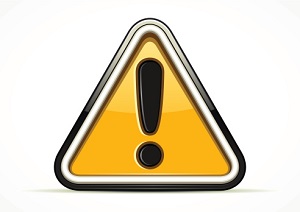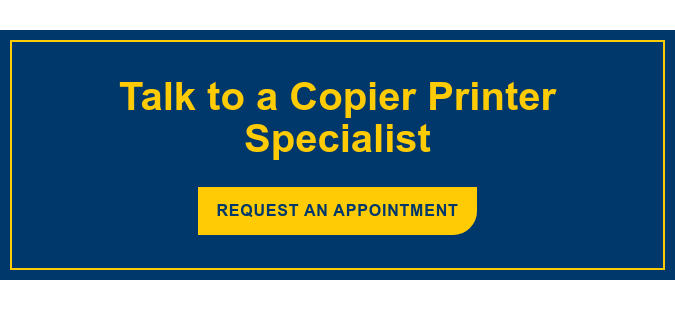 You're preparing to print an important document before heading off to a meeting. You double-check it one last time, and then click the print button – but, an error message you've never seen before appears. It’s time to do some quick problem solving. Some of the most common issues that cause errors are related to printer drivers.
You're preparing to print an important document before heading off to a meeting. You double-check it one last time, and then click the print button – but, an error message you've never seen before appears. It’s time to do some quick problem solving. Some of the most common issues that cause errors are related to printer drivers.
Think of your office printer driver as a translator. It's responsible for translating the data that comes from your computer into something that can be printed. This is why a variety of different applications can print documents without needing to adjust to the technical specifications of a particular printer. However, when a component of your system changes, the data can be lost in translation and you may find yourself with printing problems.
Why You Must Update Your Drivers
When a printer driver isn't updated, there's a chance you may not be able to print at all. Or, if you do print, the document might not look like it should. Different applications may have different results. This can cause serious headaches. Driver updates generally feature stability improvements, bug fixes and sometimes even new features that you didn't have before. Here's how to update your office printer drivers:
Step One: Find Your Brand
Printer drivers are not universal; they're specific to the make and model of your printer. If you don't know the make and model of your printer off the top of your head, you should be able to find it simply by looking at the printer itself. You'll need the correct brand and model in order to locate the driver update.
Step Two: Find the Driver
Now you need to find the updated driver. To do this, you can check two places. First, you can look at our list of printer drivers. If the driver you need isn't there, you'll want to visit your printer's manufacturer website and navigate to the driver updates section. Follow the instructions on their website and you should be directed to the update appropriate for your printer.
Step Three: Download and Install the Appropriate Drivers
Download the driver onto your system. Once the driver is finished downloading, you should be able to run an installer that will walk you through the installation process. When you're installing the driver, you'll need to read everything very carefully.
In some cases, if you don't have admin rights to the system, the driver won't install because you don’t have permission from your IT department. This is a safety feature to prevent people from making system changes that could mess things up for others. Generally, in this case, you won’t have to worry about changing anything you shouldn’t because your IT department is responsible for making these updates. If you are having issues, you should contact your IT department.
Step Four: Test Print
You want to know your printers work before you need them. In order to ensure that you've installed the correct office printer drivers, print off a few documents, preferably from different applications. If everything matches up correctly, then you should be all set.
Ask for Help
Despite your best efforts, sometimes things just won't go as planned. Maybe you've installed the wrong driver, or maybe there's a software conflict. If this happens to you, you should ask for help. Your IT department and your managed print service company are great resources; both will be familiar with the products and drivers and should be able to help you solve the problem quickly.
Office Printer Drivers
Installing updated drivers is a process that doesn't take too long but still needs to occur on an as needed basis. If your printer isn't working correctly – particularly if you've recently installed a new operating system – you may need to update your printer drivers.
Subscribe to our blog for more print technology information and resources to help keep your business on track.
